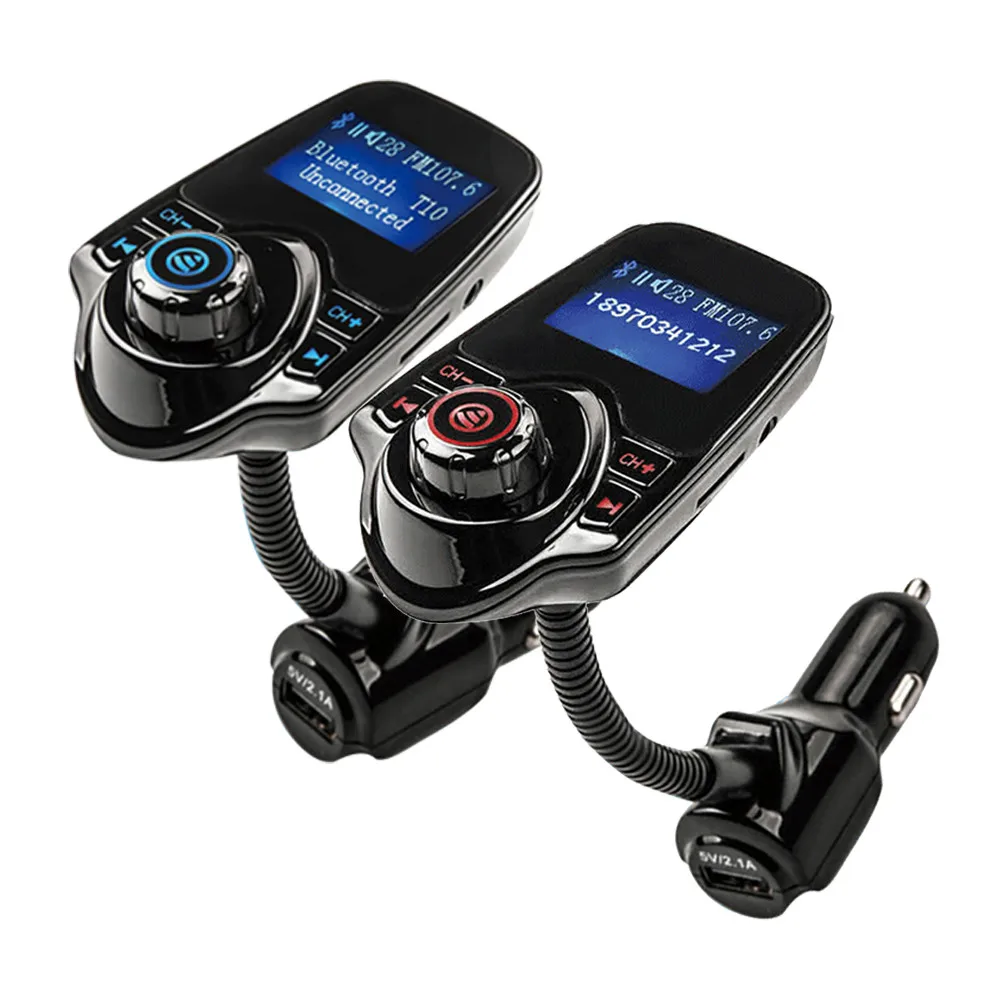

In this case the sound quality will be only as good as the casette section of the stereo and you don't have any control over the iPod™ except through the front panel controls. The drawbacks to the cassette adapter are similar to that of the FM transmitter. The cassette adapter works by converting the signal that is given by the iPod™ into a signal that can be read by the cassette head of a cassette player.

Some models come with iPod™ charging systems that plug into your car's cigarette lighter which can be a nice feature on longer trips. The drawbacks to the FM transmitter are that sound quality will be only as good as the FM radio and you don't have any control over the iPod™ except through the front panel controls (which is dangerous while driving). The range of the broadcast is very small but it's enough to get the signal into your radio antenna. The FM transmitter works like a small radio station, broadcasting the signal that is given to it (in this case by the iPod™) on an FM band.
#MP3 PLAYER FOR CAR PORTABLE#
These are basically the same methods that were used to add a portable CD player to a car stereo system when CDs were first becoming popular. The cheapest and easiest way to add an iPod™ to any car radio is through an FM transmitter or a cassette adapter (if you have a cassette player in your car). We'll take a look at several of the units and methods available for adding an iPod™ to a car stereo system. Some are better than others and some are of course more expensive than others. There are now several ways to add an iPod™ to a car radio or car stereo system. The Apple iPod™ has become one of the most phenomenal electronic devices with a user base that is too big to ignore.


Integrating an iPod™ into a car stereo system has become one of the most popular requests car audio installers get. iPod specific models often have built in chargers that plug directly into the cigarette lighter plug. This unit is basically a small FM transmitter and its quality and effectiveness varies.Keep in mind that these are battery operated and will need frequent battery changes if they are not switched off every time the radio is turned off. The unit plugs into the line out or headphone jack of the portable unit and transmits a signal to the FM section of the radio at the frequency you choose (an unused section of the FM band). These work with both tape and CD players and are about the size of a deck of cards. The third method is to buy a small battery powered FM transmitter for about $20. This allows the signal from the portable unit to go directly to the preamp section of the head unit, giving the best signal practical. A 3.5mm to 3.5mm stereo extension wire, that looks like a headphone wire with two male ends, is connected between the line out or headphone jack on the portable unit and the 3.5mm jack input on the head unit. Though somewhat uncommon, they are a better way of connection for the same reason as those described for the CD changer direct connection. Obviously these are for older vehicles with a built in cassette player.Ĭommon to all units is a kind of direct connection through a preamp jack either on the front or back of the unit, usually in the form of a 3.5mm stereo jack (the jack used on portable unit headphone outputs). This end goes into the cassette player and the other end plugs into the line out or headphone jack of the portable unit. One end of the adapter looks like a cassette tape with a wire attached to it. With a cassette head unit they are most often added by use of a cassette adapter. These devices are usually added one of three ways. Other source units that are commonly added on to an audio system are small portable devices such as MP3, iPod, Zune, etc.


 0 kommentar(er)
0 kommentar(er)
